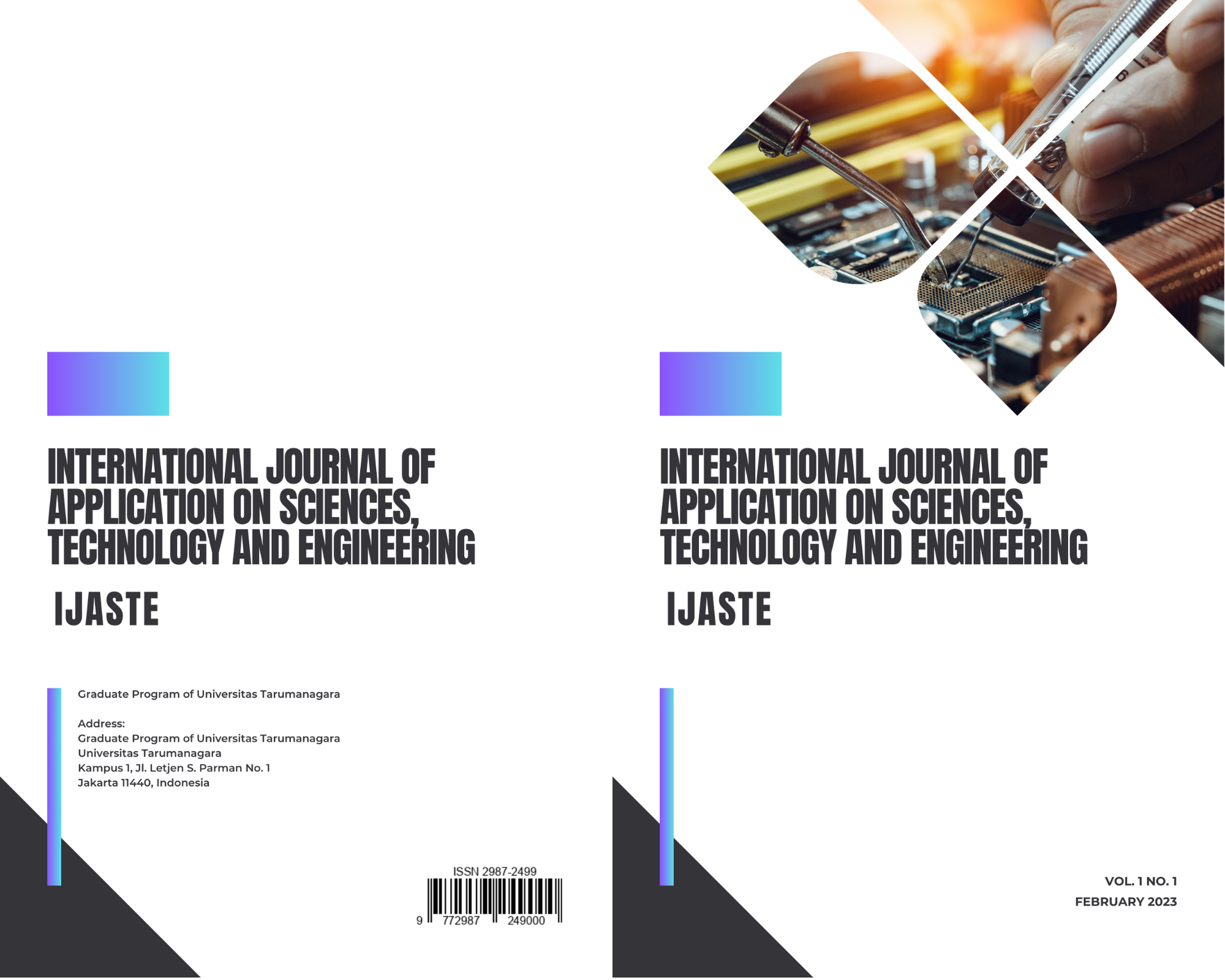Android Based Covid-19 Testing Sites Locator and Booking Application
Main Article Content
Abstract
With the COVID-19 virus, health is one of the most important factors that need to be considered to break the chain of transmission of COVID-19. One way to detect the virus is to do a swab or RT-PCR. Along with technological developments, this Android-based application for finding and booking COVID-19 test aims to help the public to book COVID-19 testing. This application can provide a clear picture of where the COVID-19 tests are being held. In addition, this application can provide clear directions to the COVID-19 testing site by using the Google Maps feature which stores location data for the examination site. This application is made using the Waterfall method. For data storage, this application uses the Firebase Database which is a Google service, so that this application can be accessed online. The programming languages used are Java and JavaScript. The main feature of this application is that it provides information and bookings for COVID-19 testing sites that can be selected based on the distance and price of the examination.
Article Details

This work is licensed under a Creative Commons Attribution-NonCommercial-ShareAlike 4.0 International License.
References
H. A. Rothan and S. N. Byrareddy, “The epidemiology and pathogenesis of coronavirus disease (COVID-19) outbreak”, in Journal of autoimmunity, 2020, 109, 102433.
L. L. Ren, Y. M. Wang, Z. Q. Wu, Z. C. Xiang, L. Guo, T. Xu, …. and J. W. Wang, “Identification of a novel coronavirus causing severe pneumonia in human: a descriptive study”, in Chinese medical journal, 2020, 133(9), 1015.
C. Huang, Y. Wang, X. Li, L. Ren, J. Zhao, Y. Hu, ... and B. Cao, “Clinical features of patients infected with 2019 novel coronavirus in Wuhan, China”, in The lancet, 2020, 395(10223), pp. 497-506.
World Health Organization, Naming the coronavirus disease (COVID-19) and the virus that causes it [Internet], Geneva: World Health Organization, 2020, available from: https://www.who.int/emergencies/diseases/novelcoronavirus-2019/technical-guidance/naming-the-coronavirusdisease-(covid-2019)-and-the-virus-that-causes-it.
World Health Organization, Coronavirus disease 2019 (COVID-19) Situation Report – 70 [Internet], WHO, 2020, available from:https://www.who.int/docs/default-source/coronaviruse/situation-reports/20200330-sitrep-70-covid-19.pdf?sfvrsn=7e0fe3f8_2
European Center for Disease Prevention and Control (ECDC), “An Overview of The Rapid Test Situation for COVID-19 Diagnosis in The EU / EEA”, 2020.
G. T. P. P. Covid, “Pedoman Penanganan Cepat Medis dan Kesehatan Masyarakat COVID-19 di Indonesia”, Gugus tugas percepatan penanganan covid-19, 2020.
J. T. Beng, A. F. Amanto, A. Aurelia, D. Chandra, K. Y. D. Mandey, L. A. Ramadhani, R., Stephanie, and S. Tiatri, “Designing an Android-based Green School Program Application with the Fuzzy Logic Weather Forecast Method: A Case Study of School Students Participating in a School Greening Program” [Unpublished], in AIP Conference Proceedings, 2022.
I. Sommerville, “Software Engineering 9th Edition”, 2011, Addison-Wesley: 30-31.
M. G. Robert, “Survey Methodology”, 2010, Op.cit : 57.
Android Developer, "Android Studio," Android Developer, [Online]. Available: http://developer.android.com/sdk/.
M. S. M. Mustaqbal, R. F. F. Firdaus, and H. R. Rahmadi, “Pengujian Aplikasi Menggunakan Black Box Testing Boundary Value Analysis (Studi Kasus Aplikasi Prediksi Kelulusan SNMPTN)”, in Jurnal Ilmiah Teknologi Terapan (JITTER), 2015, 1(3), pp. 31-36.



